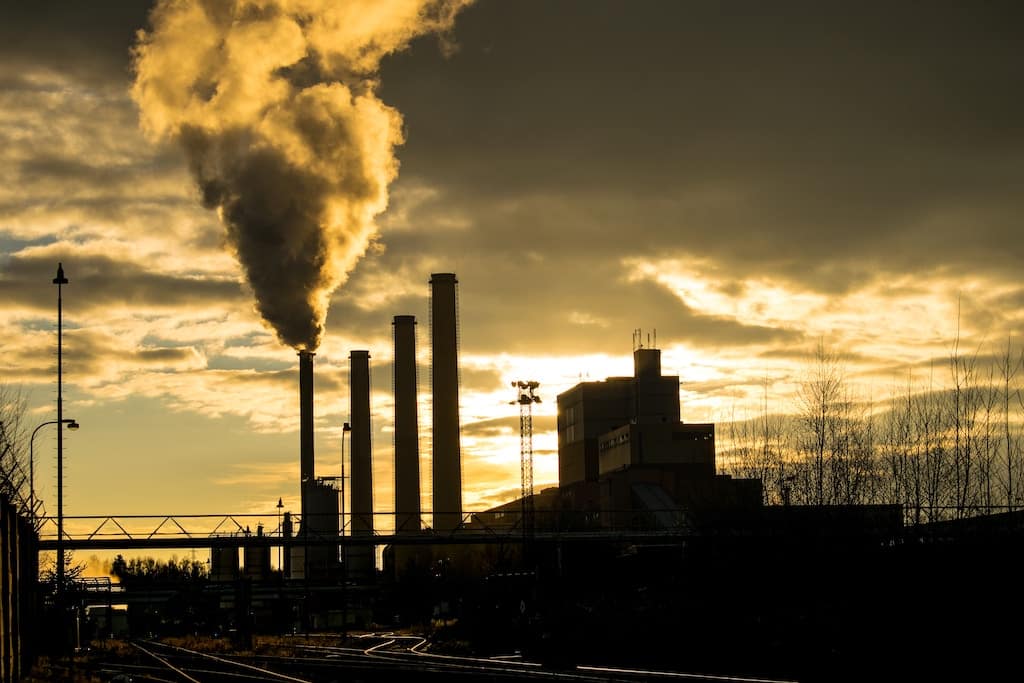Discover how the energy market works in the United Kingdom. From energy suppliers to energy bills, find out how your gas and electricity gets from the power station to your home, and more.
Understanding the UK energy market
The UK energy market can be a complicated topic to break down. From biodegradable matter to variable-rate tariffs and, everything in between, we'll take a closer look at how energy gets to your home.
Energy Suppliers
In most cases, your energy supplier, company or provider will be the organisation that buys fuel on your behalf and charges you for the amount that you use. The reason why you’re usually billed three months in arrears is, the energy supplier won’t know how much energy you’re going to use but can give you a rough estimate based on previous bills.
Energy Bills
Your energy supplier is responsible for billing you for your energy usage. While energy supplier bills differ from each other, here’s what the average bill is usually made up of according to energy regulator Ofgem:
· Wholesale costs (32.2%) – represents the price your supplier pays for the fuel
· Network costs (25.4%) – this is for the cost of delivering the fuel from the provider
· Operating costs (18.2%) – for billing, customer services and IT systems
· Government obligations and schemes (9.7%) – such as the Warm Home Discount
· VAT (4.8%) – the tax on the fuel which is the same across all suppliers
· Supplier pre-tax margin (4.4.%) – this is the tax on the energy supplier’s profits
· Other direct costs (1.2%) – varies from one supplier to the next
Energy Production
Before energy gets delivered and used in your home, it has to be produced. Here’s how electricity and gas are made and make their way to your home:
Gas production
Most gas used in the UK comes from The North and East Irish Seas, from places as far away as Russia and Norway and in the form of Liquefied Natural Gas (LNG). When gas is extracted from its sources, it’s separated to sort out the impurities (propane and butane) and what’s left is gas (methane) as we know it. As well as all the other uses of gas, it can also be used to power electricity.
Electricity production
Electricity is produced by the movement of electrical currents in a generator turbine. When the turbine rotates, it converts the heat energy released by burning fossil fuels into electricity. Although fossil fuels, such as coal and natural gas, are used to generate electricity, power plants nowadays are using more renewable energy sources and nuclear energy to generate electricity.
Energy regulation
The UK energy market is regulated by Ofgem, who are in turn supervised by the Energy Ombudsman. Ofgem is there to act in the interest of energy consumers such as setting price caps, ensuring fair competition amongst energy suppliers including making sure they all adhere to marketing and communications guidelines. The Energy Ombudsman, on the other hand, can deal with things like problems resulting from a switch of suppliers, Feed-in Tariffs and disputes over energy bills.
Green energy
The popularity of green energy (sometimes referred to as renewable or clean energy) is on the rise. The main reason is that green energy sources can be used to produce energy with fewer environmental impacts such as depleting the earth’s natural resources. And nowadays, If you want clean energy, there are a wide range of green energy suppliers on the market.
Fuel delivery
The companies that distribute and transport the fuel from the producers to your home are called fuel operators. So while you’ll never get to directly deal with them, you do pay the fuel operators through a fixed charge that your supplier adds to your bill.
How does electricity get to homes?
From the power plant, generators carry electrical current through transformers to increase the voltage to push the power along long distances. The electrical charge goes through high-voltage transmission lines across the UK to sub-stations. The electricity then connects to your house, passing through your meter to record how much you’ve used.
How does gas get to homes?
After the gas is purified, it then travels from the source to power stations via pipes and ships. It then gets mixed with air and burned. From the power station, it then gets transmitted around the country to the National Grid where it stays until it’s needed in your home.
Switching energy suppliers
To get the best deals, you need to switch energy providers. Use our technology to compare energy deals and see how much you could save on your next energy bill.
Compare gas and electricity deals
We monitor the market and automatically switch you to better deals for free.
